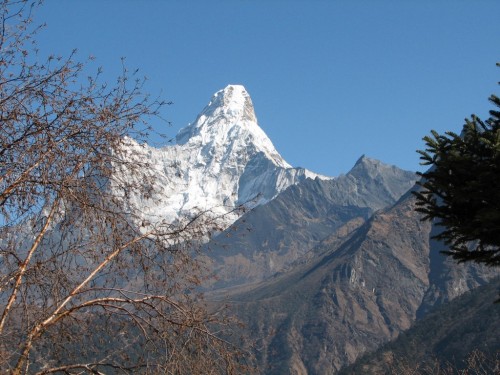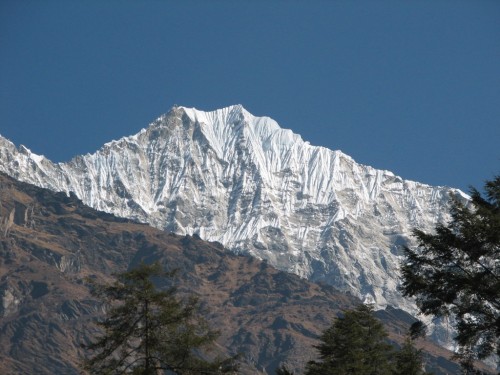What I am reading: Eyeing Everest by Steve Tolbert
Writing a novel: a writer’s journal part 26

Eyeing Everest
What I am reading: Eyeing Everest by Steve Tolbert
I must admit that a little over a week ago I had never heard of author Steve Tolbert. My supervising lecturer recommended I have a look at least one of the books written by this American born writer now living here in Tasmania, Australia. I managed to buy online an as-new copy of his novel for teenagers called Eyeing Everest. It arrived two days later.
Fifteen year old Meika lives in Hobart Tasmania, the setting of the first half of the novel. She has never met her father, and her relationship with her aunty is stronger than the one she pretends to have with her mother. Early in the story her natural mother tragically dies. The following few months as she adapts to life with her aunty are chaotic and rebellious as Meika befriends the enigmatic Ted on the streets. They both spiral deep into trouble until a letter arrives from her father who has lived in Nepal since before she was born.
Within weeks Meika finds herself swept up in the splendid beauty of the Himalayas and adapts to life with a family she never knew existed. Not only are the mountains amazing in their beauty, they are treacherous to live in. She struggles to come to terms with her new environment, new relationships, new customs and the emotions these all engender.
It was an interesting and very satisfying book to read.
My novel is also set in Nepal and so I read with interest how the author tackles his setting. In 2006 I trekked the area in which he has set his story, so that gave it extra meaning for me. He gave me some ideas that I can include during my rewriting, especially in relation to references to food. This was one area I had already identified as needing some changes. More importantly, Tolbert has inspired me to write another novel set in this enigmatic country. I must focus on my current work in progress first.
Further reading:
- Writing a novel – articles about how I went about writing a novel
References:
- Tolbert, S 1996, Eyeing Everest, Addison, Wesley, Longman, Melbourne.
- The home page of Steve Tolbert
What I am reading: photographic books about Nepal
Writing a novel: a writer’s journal part 25
What I am reading: photographic books on Nepal.
As a part of my research for background information for my children’s novel, I have been on a few visits to my local public library. Their collection of titles on Nepal is not great, but I did find several interesting titles. Two of these I mention here. Both could be categorised as coffee table style photographic essays. Both had minimal text which was more than compensated for by the brilliant photography. Most people would have found them extremely interesting just from a pictorial point of view. All of the photographs would have found a very comfortable home in publications such as National Geographic.
As an armchair traveller I enjoy the intriguing journeys of Michael Palin. He has an eye-probably two of them actually-for the bizarre, the amusing, the absurd and the downright confronting. This comes through in the various television travel series he has anchored over the years. Inside Himalaya is the spin-off book version of his television series Himalaya. The text in the book is sparse and as such was not of much help to me in my research. Despite that, I still enjoyed the sheer beauty of the photographs.
Pierre Toutain’s book Nepal is very similar. A little more than half the size of the Palin book, it matches it in the beauty of the photography. Palin’s book covers Pakistan, Tibet, Bhutan and Bangladesh in addition to Nepal, while Toutain’s book is totally focused on Nepal and as such, was more useful to me. It also has much more in the way of text (written by Michel Gotin). The text was far more informative and useful for my purposes.
My reading of these two beautiful books had one unfortunate side effect: I have a heightened desire to return someday soon the enigmatic and beautiful roof of the world, Nepal. I must get my novel finished, off to a publisher, accepted, published and then return on the proceeds from my writing. (I can dream, can’t I?)
References:
- Palin, M, Pao, B 2004, Inside Himalaya, Weidenfeld and Nicolson, London.
- Toutain, P, Gotin, M 1986, Nepal, Merehurst Press, London.
Further reading:
- My travels in Nepal – archive from my travel blog
- Writing a novel – more articles in the series about how I went about writing a novel.




